Empty container return optimization project
Reforming business models by introducing the latest technology is not an option but a necessary strategy…
Reviewing the empty container return process will significantly reduce costs and CO2 emissions across the industry.
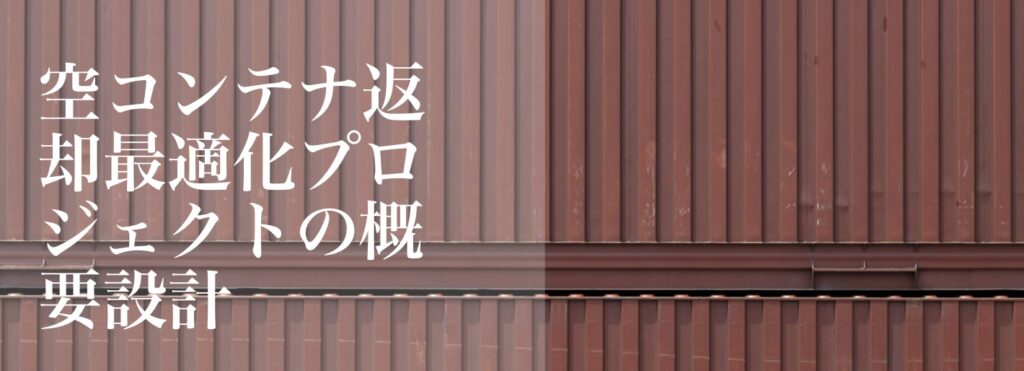
We are currently accepting companies, organizations, and individuals to participate in the project.
Seize the future with logistics efficiency! — Proposal for a next-generation system
Background: Change is an opportunity!
With tariff hikes and deregulation policies under the Trump administration affecting corporate management, the logistics industry now has a golden opportunity to promote efficiency projects.
In order to survive, the adoption of the latest technology and rapid infrastructure improvements are essential strategies.
Innovation Overview: Empty Container Operation Optimization System
- Select the return destination using the QR code on the EIR. The dispatcher or driver simply scans the QR code with their smartphone to see the optimal return destination at a glance.
- Reduction in transport distance and time. Elimination of empty transport and adjustment of excess and shortage at the same time dramatically improve logistics efficiency.
- Reduce environmental impact by reducing CO2 emissions and building the future of next-generation logistics systems.
- Accelerates the matching of CRU (Container Round Use) return at inland depots, achieving both economy and efficiency.
Expected effects and benefits
✅ Significant improvement in logistics efficiency: By making return destinations more flexible, returns can be efficiently guided from locations with excess inventory to locations with shortages.
✅ Reduce CO2 emissions: Reduce fuel consumption and shift to sustainable logistics with less environmental impact.
✅Reduce the burden on drivers : Reduce waiting time in congested areas and prepare for the 2024 problem.
✅Improve competitiveness of local ports Revitalize local ports and strengthen the international competitiveness of the supply chain.
✅ Improved CRU matching rateImproved container routing efficiency and optimized the entire transportation network.
The implementation process: simple and straightforward
1️⃣ Added a QR code on the EIR to concisely display the regular return location and optional return locations.
2️⃣Smart Selection and Coordination The dispatcher can select the desired return location via QR code.
3️⃣Efficient return Adjust return conditions to achieve fast and flexible operation.
Immediate action plan
🚛 Review of empty container return practices begins
🌐 Establishing information sharing between shipping companies, shippers, and the transportation sector
🔄 Promoting future consideration of system integration
By introducing this system, we will be able to solve current issues in the logistics industry while simultaneously promoting next-generation efficiency improvements and environmental measures.
The future of logistics starts here!
ーーーーーーーーーーーーーーーーーーーーーーーーーーーーーーーーーーーーーーー
Specific implementation steps:
① A QR code is printed on the EIR that allows you to select the normal return destination and the return destination.
② The transport sector (dispatch staff, etc.) selects the desired return location via the QR code.
* If there is no preferred location, the vehicle will be returned to the regular return location (empty van pool designated by the shipping company, etc.)
3) Adjust the return date and conditions and obtain a job order number
④Return
General confirmation:
① Return within the free time at the time of import: There may be exceptions in the case of round use.
② Whether or not there is any damage remark at the time of removal or existing damage: There are exceptions in the case of returning to a repairable base.
③Other: Check with the shipping company in advance
Immediate action plan: Starting with reviewing empty container return practices…
- Supporting the transport sector
- Revise the uniform description of the return location of empty containers at EIR
- Create information channels between shipping companies, shippers and the transport sector
- Consider system integration in the future
Three possible models:
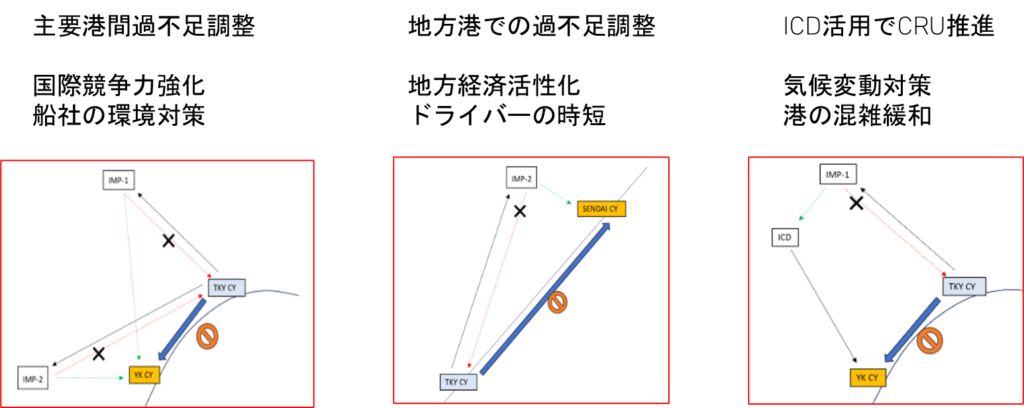
(1) Review the excess return designation in Tokyo and encourage the return of inventory in Yokohama, where there is a shortage.
☆Transportation sector situation:
①Tokyo Port is crowded, so I would like to return it in Yokohama.
②The import location after the return is in Yokohama, so I would like to return it in Yokohama.
3) Yokohama is the closer return location.
☆Shipper company circumstances:
1. Expecting incentives for cooperation (past EQ)
☆Shipping company circumstances:
①Empty positioning and cost reduction

(2) Passing through the Sendai Port area where inventory is insufficient, and returning to Tokyo Port
☆Conditions in the transportation sector:
①If it can be returned to Sendai Port, it can handle import cargo in Sendai.
② If it can be returned to Sendai Port, it can start work at the Sendai port.
③ Because of time restrictions, it cannot be transported any further.
☆Shipper company circumstances:
① We will cooperate if drayage costs are reduced.
2) We want to reflect empty positioning and cost reduction in ocean freight rates.
☆Shipping company circumstances:
① Cost reduction
②Strengthening regional port strategies

(3) Making container demand from ICDs (inland depots) visible to stakeholders
☆Conditions in the transportation sector:
①Tokyo Port is congested, so I would like to return the item at an ICD (inland depot).
② After returning the goods, you can start picking up the goods at a profit.
③ I would like to ask for a profitable transportation job at ICD . = Depends on the fare of the vehicle
④ It will also create the possibility for drivers to operate on a regular schedule.
5) We have no choice but to use ICD to comply with overtime regulations .
☆Shipper company circumstances:
① Improve sustainability through container round-use
② We want to use marine containers for domestic transport ( CRU with domestic cargo )
3) Improving the image of your business = writing environmental reports, etc.
④ Utilizing ICD to respond to emergencies and adjust distribution inventory
☆Shipping company circumstances:
①Improvement of collection support capabilities
2. Shortening residence time (turnaround) in Japan
3) Cost reduction

Example of QR code on EIR :
①Insert “Oi 00 or QR” in the container return destination column of the EIR.
②Direct to the shipping company’s website using the QR code, and make adjustments to optimize the process.
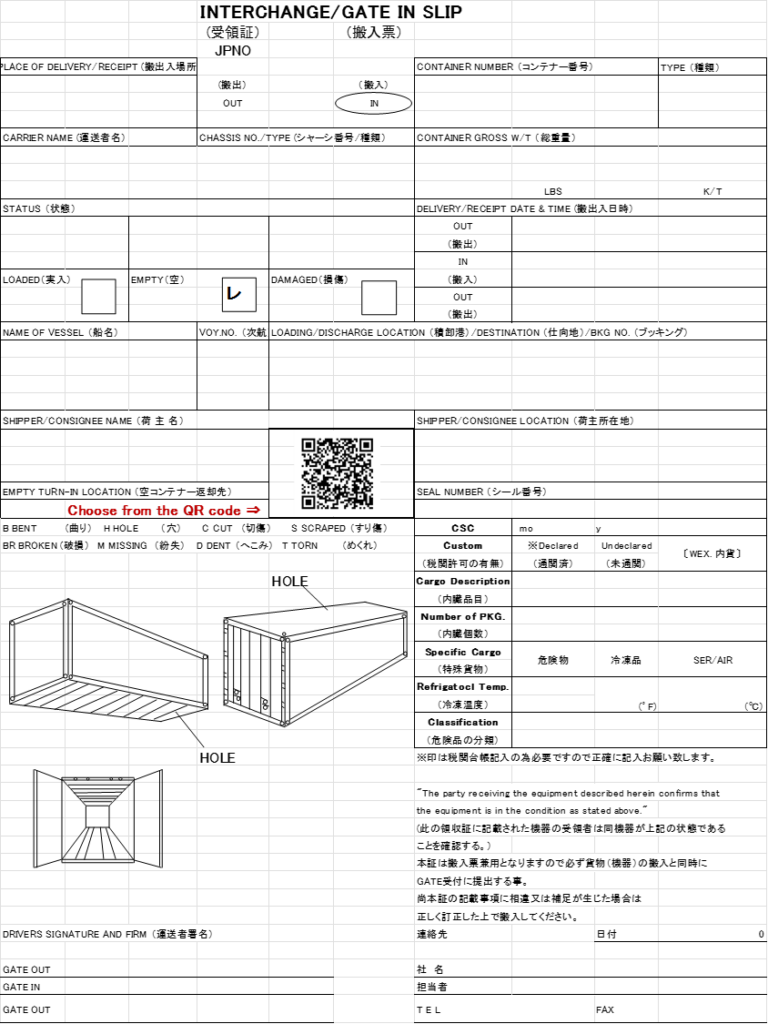
Example of a site for changing the return destination of empty containers – 1: A site that is a gate to the shipping company
First, click on the shipping company name.
After that, please specify the return date on each shipping company’s website.
List of empty container owners:
OOCL
ONE
CEC
MSC
WHL
EMC
COSCO
SITC
Basic conditions:
① The return location is basically the location where the container shortage occurs. ② Size, number of containers, due date, return acceptance time zone (ICD)
3) No damage including nasty odors, no expiration of free time, etc., as per the shipping company’s regulations.
Example of website for changing empty container return destination – 2: Shipping company’s reception website
Example of description on shipping company website:
Empty shipping containers can be returned at the container shortage locations listed below.
1) Hokkaido, Tohoku, Hokuriku area Sendai Port: 40ft HC Niigata East Port: 20ft
2) Kanto area Hitachinaka Port: 40ft HC Chiba Port: 20ft Bando Depot: 40ft HC Sano Inland Port: 40ft HC Koga Inland Depot: 40ft HC Mizuho Inland Depot: 40ft HC
3) Kinki Kansai area Kobe Port: 20ft, 40ft HC
*Return acceptance conditions:
- No damage
- No free time limit
- No lease ban specified
- There are empty returns from other shipping companies
- Reception time limit
- Please attach your EIR image.
Please confirm the above conditions by phone or email before returning the item.
FAX:03-1111-1111
Email with image attachment: empty.return@○○.comTelephone inquiries: 03-2222-2222
Examples of QR code usage in other fields: Used to guide visually impaired people safely on the Otemachi subway line
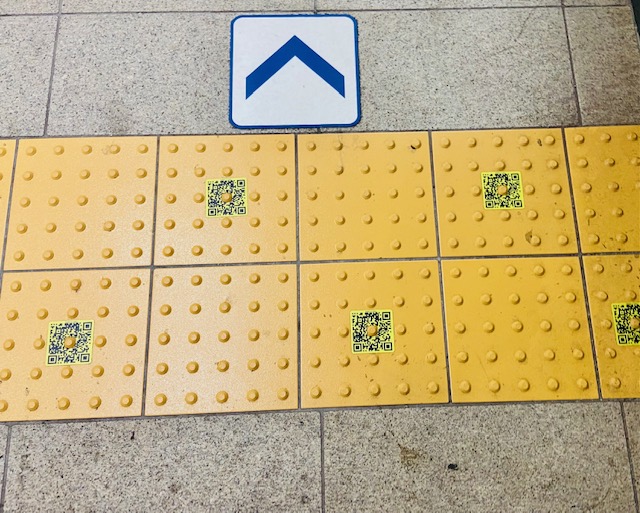
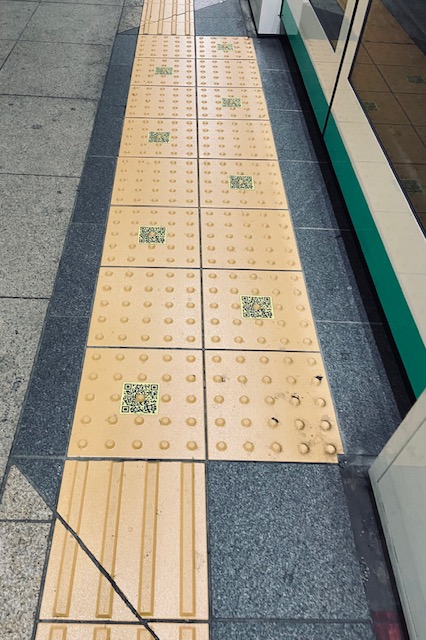
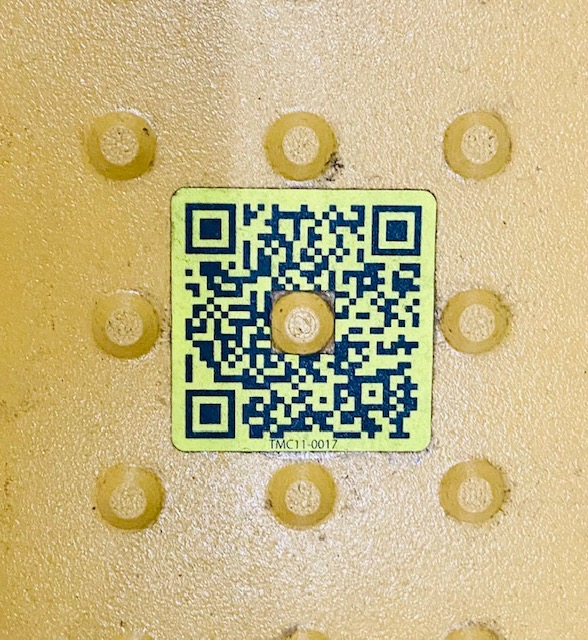
media:
2025.4.17 Press Release Maritime Daily News Co., Ltd.

Recruiting project participants: We are looking for shipping companies and related companies that sympathize with the project and would like to participate.

Inquiry:
NPO ESCOT
e.mail:ser.kashiwa@gmail.com
mobil:+81-80-4365-0861
fax:+81-471-66-4128
https://www.npo-escot.org